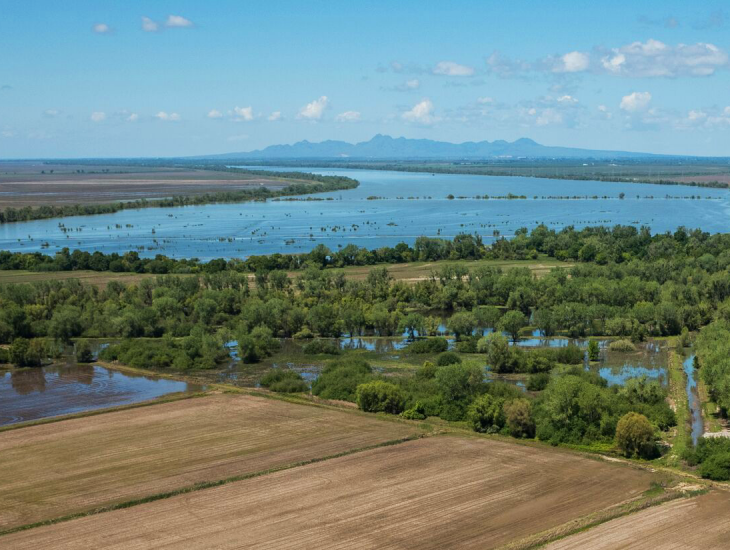Challenge
In California, infrastructure, habitat, and agriculture are often competing for the same scarce land and resources. While infrastructure agencies and local governments are building massive flood control and transportation projects, they are also working to create net benefit for species and water supplies and satisfy mitigation needs.
Solution
Motivated by expanding infrastructure development and lengthening permitting timelines, in 2016 the California legislature approved Regional Conservation Investment Strategies as a way to synchronize regional mitigation and conservation priorities and actions, with an eye towards streamlining permitting. An RCIS is a voluntary plan that identifies habitat needs and priority conservation areas within a region. Once an RCIS is approved, Mitigation Credit Agreements (MCAs) can be developed and approved as advance crediting mechanisms that define robust and transparent methods to assess and quantify habitat improvements, and financial and legal requirements needed to ensure long-term conservation success.
Outcome
Ultimately, MCAs will be able to satisfy California Department of Fish & Wildlife permit requirements, with the intention to expand to other resources in the future. Environmental Incentives is working with EDF and partners to develop the first-ever MCA in the Mid-Sacramento Valley region. This MCA is focused on projects with multiple benefits—improving habitat for listed species such as Swainson’s hawks and Giant garter snakes while maintaining agricultural productivity and enabling faster approvals of flood safety projects. Our hope is that MCAs will allow farmers, ranchers, agencies, and conservation investors to be competitively paid for voluntarily creating and stewarding high-quality habitat for at-risk species.

